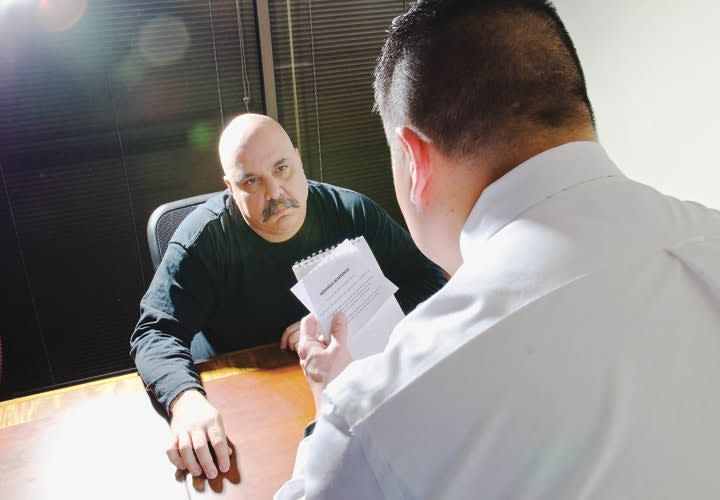Salinas answered most of the questions, but when asked whether his shotgun would match the shells from the scene, he didn't reply. He made no response at all, much less one indicating he was asserting a constitutional right not to answer. Instead, he looked down at the floor, shuffled his feet, bit his bottom lip, clenched his hands in his lap, and "began to tighten up." He remained silent for a few moments, until the officer asked a different question, which Salinas then answered.
Following the interrogation, Salinas was arrested. At his subsequent murder trial, the prosecutor introduced evidence of Salinas's reaction to the ballistics question and argued that the failure to answer constituted evidence of a consciousness of guilt. The jury convicted, and Salinas was sentenced to 20 years in prison.
Required to Invoke the Fifth
On appeal to the U.S. Supreme Court, Salinas maintained that prosecutorial use of his silence violated the Fifth Amendment by penalizing his exercise of a constitutional right. A five-member majority of the court rejected this argument and affirmed the convictions.
The court pointed out that "the Fifth Amendment guarantees that no one may be compelled in any criminal case to be a witness against himself; it does not establish an unqualified right to remain silent." In other words, the Fifth Amendment does not say that suspects always have a right of silence, in all settings and under all circumstances, that can be invoked by simply remaining silent. They merely have a right not to be compelled to make statements or answer questions. Since Salinas was not under any compulsion during his non-custodial interrogation, the Fifth Amendment did not automatically shield his silence from evidentiary use.













